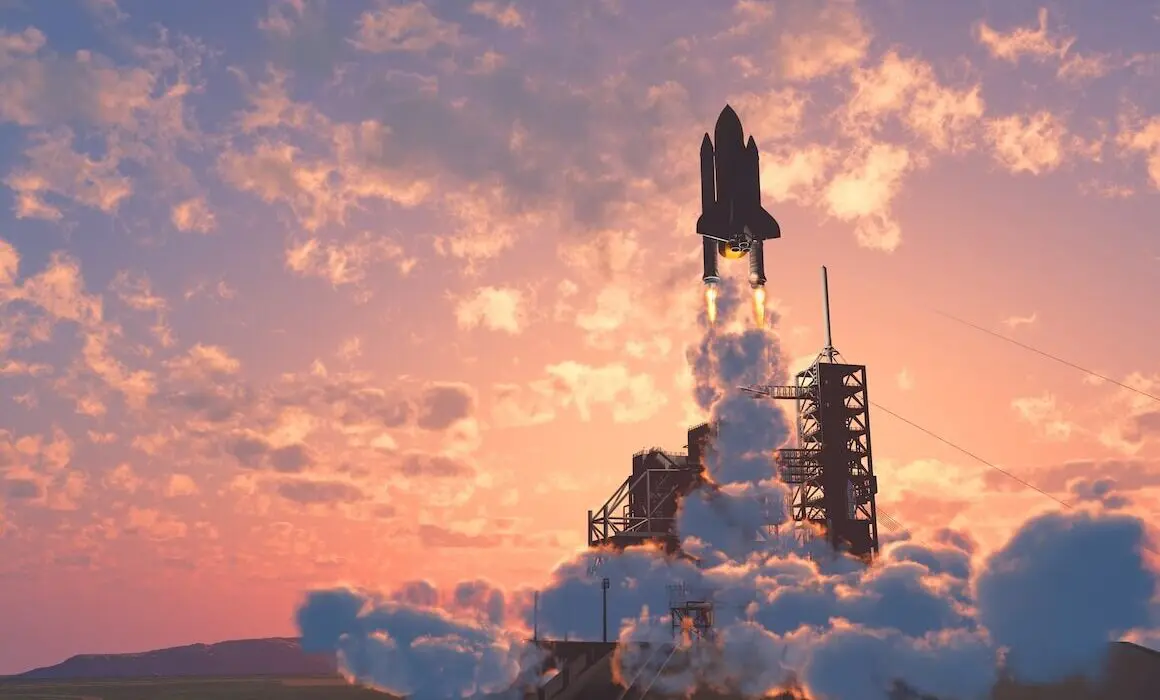
The Fluidic Telescope (FLUTE) project team, jointly led by NASA and Technion – Israel Institute of Technology, envisions a way to make huge circular self-healing mirrors in-orbit to further the field of astronomy.
Larger telescopes collect more light, and they allow astronomers to peer farther into space and see distant objects in greater detail.
The state-of-the-art 21 foot (6.5 meter) aperture James Webb Space Telescope needed to be folded up origami-style – including the mirror itself – to fit inside the rocket for its ride to space. The aperture of an optical space observatory refers to the size of the telescope’s primary mirror, the surface that collects and focuses incoming light.
The aperture the FLUTE researchers are targeting first is approximately 164 feet (50 meters) in diameter – half as long as a football field. The fluidic mirror and lens designs are not limited to that size and could increase to 10 kilometers. the 50 meter mirror space telecope could deploy from one SpaceX Super Heavy Starship launch. FLUTE has already tested parts of their system on the international space station. The next step is a smallsat complete system orbital test.
Conventional technology for making optical components for telescopes is a grind. It involves an iterative process of sanding and polishing solid materials, such as glass or metal, to shape the precise curved surfaces of lenses and mirrors needed. Using current technologies, scaling up space telescopes to apertures larger than approximately 33 feet (10 meters) in diameter does not appear economically viable.
FLUTE’s novel cost-effective technology approach takes advantage of the way fluids naturally behave in microgravity.



